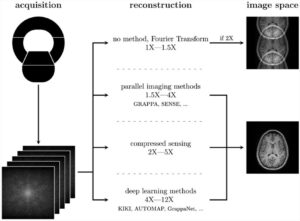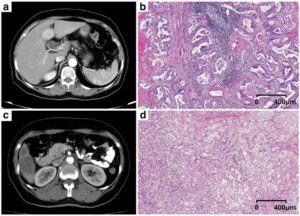This article sets out to determine whether machine learning can be used to train and calibrate the signature for diagnosing hepatocellular carcinoma in cirrhotic patients with indeterminate liver nodules. The authors proved that artificial intelligence could enhance clinicians’ decision and reduce the rate of cirrhotic patients requiring liver biopsy.
Key points
- In cirrhotic patients with visually indeterminate liver nodules, expert visual assessment using current guidelines cannot accurately differentiate HCC from differential diagnoses. Current clinical protocols do not entail biopsy due to procedural risks. Radiomics can be used to non-invasively diagnose HCC in cirrhotic patients with indeterminate liver nodules, which could be leveraged to optimize patient management.
- Radiomics features contributing the most to a better characterization of visually indeterminate liver nodules include changes in nodule phenotype between arterial and portal venous phases: the “washout” pattern appraised visually using EASL and EASL guidelines.
- A clinical decision algorithm using radiomics could be applied to reduce the rate of cirrhotic patients requiring liver biopsy (EASL guidelines) or wait-and-see strategy (AASLD guidelines) and therefore improve their management and outcome.
Authors: Fatima-Zohra Mokrane, Lin Lu, Adrien Vavasseur, Philippe Otal, Jean-Marie Peron, Lyndon Luk, Hao Yang, Samy Ammari, Yvonne Saenger, Herve Rousseau, Binsheng Zhao, Lawrence H. Schwartz, Laurent Dercle













